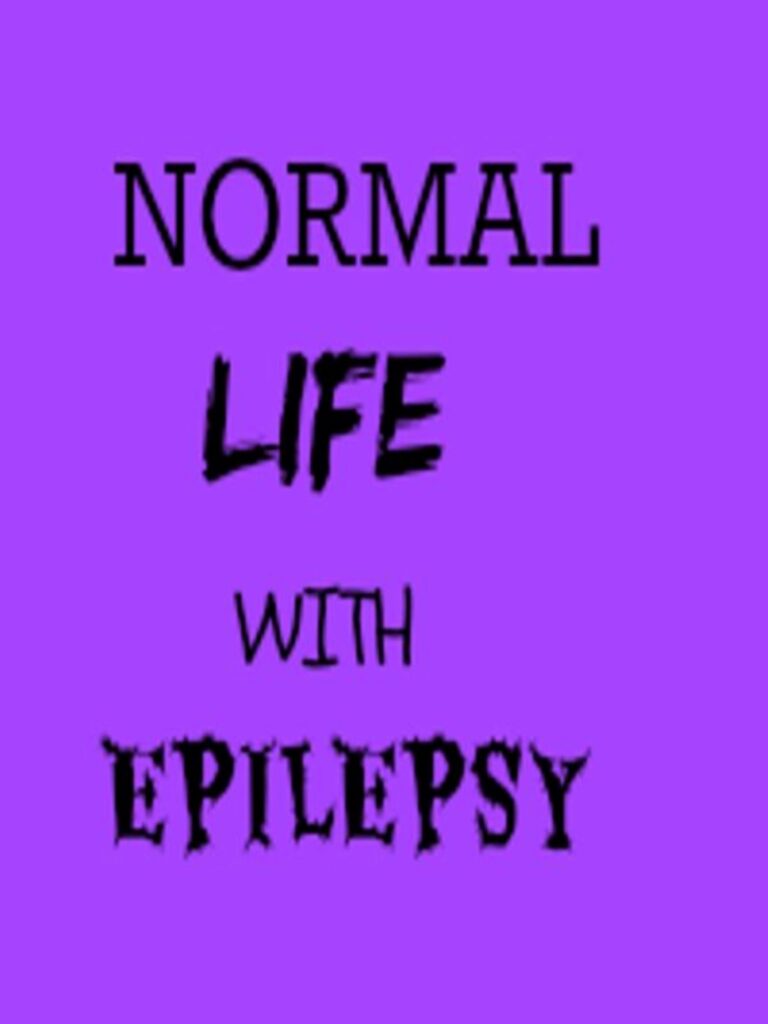
Memorial Day
Honoring Our Heroes
Memorial Day: A Tribute to the Fallen
Join us as we pay homage to the brave men and women who made sacrifice for our freedom. Traditionally, the flag of the USA is raised to the top of the flagstaff, then it is lowered to the half-staff position. This position is chosen in remembrance of those people, who died for their country. At noon the flag is raised to full-staff as the symbol that the memory of dead soldiers is being raised by the living. Their sacrifice was not in vain, that is why we rise up in their honor and continue fighting for liberty and justice.
Thousands of parades are held during National Memorial Day in all large and small cities. Most parades feature marching bands, servicemen, veterans and military vehicles from various wars also participate.
The History of Memorial Day
A Day of Remembrance
Memorial Day, originally known as Decoration Day, originated in the years following the Civil War and became an official federal holiday in 1971. It is a day dedicated to honoring the men and women who have died in military service to the United States. Traditionally, it is marked by ceremonies, parades, and the decoration of graves with flowers and flags.
Memorial Day Moments
A Visual Tribute
Benjamin Disraeli

















 https://about.me/roxanne_davenport
https://about.me/roxanne_davenport
Recent Comments